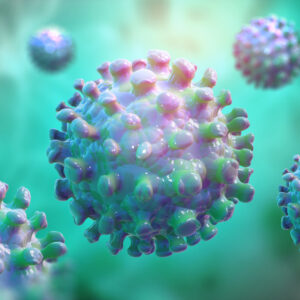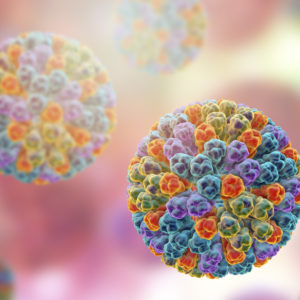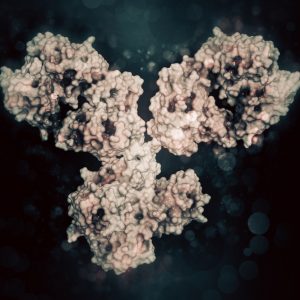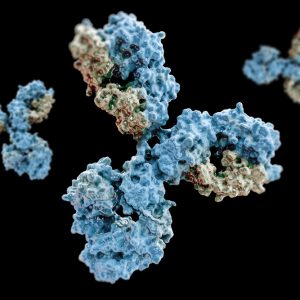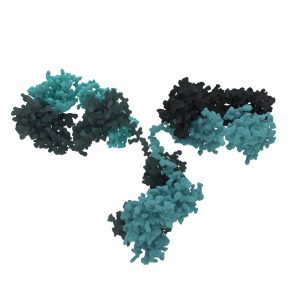Hantavirus
Hantaviruses are a family of rodent-borne viruses that cause clinical illness in humans of varying severity. Transmission of the virus to humans occurs through the inhalation of infected rodent urine, droppings, or saliva.
The Native Antigen Company are pleased to offer monoclonal antibodies specific to Hantavirus, that bind to several members of the Hantavirus family.
Hantavirus Background
Hantaviruses (HTNV) are a family of viruses within the order Bunyaviridae. The Hantavirus genome is comprised of three segments of single-stranded negative-sense RNA, which are named based on their size: small (S), medium (M) and large (L). The L segment encodes viral polymerase, the M segment encodes the precursor (GPC) for two viral surface glycoproteins (Gn and Gc), and the S segment encodes the nucleocapsid (N) protein. The N protein is highly conserved in Hantaviruses and plays a pivotal role in viral replication, transcription and assembly. N protein may also play a role in enabling the virus to replicate within host cells (Muyangwa, M).
Hantaviruses are globally distributed zoonotic pathogens. Rodents and small mammals act as natural reservoirs for Hantaviruses but are asymptomatic upon infection. Airborne transmission of hantaviruses to humans occurs via inhalation of dust or aerosols contaminated with urine, saliva or droppings from infected animals. Cases of hantavirus infection are sporadic and predominantly occur in rural areas where rodents are prevalent. Individuals working with rodents are potentially at risk of becoming infected with Hantavirus.
In humans, hantaviruses cause two acute febrile disease syndromes: (1) haemorrhagic fever with renal syndrome (HFRS), mostly caused by Seoul, Puumala and Dobrava viruses, endemic in Europe and Asia; (2) hantavirus cardiopulmonary syndrome (HCPS), which may be caused by Andes virus, Sin Nombre virus, and several others, distributed throughout the Americas.
The clinical symptoms associated with HFRS include fever, renal dysfunction, thrombocytopenia, haemorrhage and shock (CDC). HFRS can be fatal in 1-15% of cases. The symptoms of HCPS are characterised by fever, fatigue, muscle ache, headaches, nausea, vomiting and non-cardiogenic pulmonary oedema. HCPS can be fatal in 38% of reported cases. There is currently no curative treatment for hantavirus infection and eliminating or minimising contact with rodents is the best way to prevent infection.
References
- Muyangwa M, et al. (2015). Hantaviral Proteins: Structure, Functions, and Role in Hantavirus Infection. Front Microbiol. Nov 27;6:1326.
- Centers for Disease Control and Prevention: Hantavirus
Hantavirus Antigens
We offer recombinant Hantavirus nucleoprotein antigens manufactured in in E. coli and in mammalian HEK293 cells. Both antigens are suitable for use in laboratory R&D and vaccine research studies.
Hantavirus Antibodies
We are pleased to offer a panel of monoclonal antibodies specific to Hantavirus nucleocapsid protein. Each Hantavirus antibody has been developed to recognise the nucleocapsid protein of Hantavirus strains Hantaan, Dobrava, Seoul and Saaremaa.
Questions?
Check out our FAQ section for answers to the most frequently asked questions about our website and company.

